I Joined A Group Of Skywatchers For A Night On Cradle Hill
By Steve Higgins
August 27, 2024
August 27, 2024
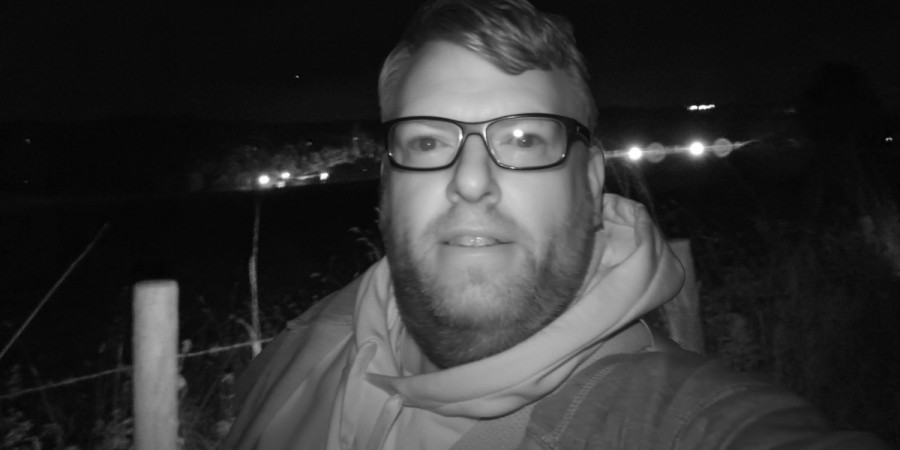

A Journey To Wiltshire To Meet Warminster's Dedicated UFO Enthusiasts
The "Warminster Thing" was a legendary era of UFO lore that began as a series of UFO sightings in the mid-1960s. For years, hardcore skywatchers gathered on hilltops around Warminster, particularly Cradle Hill, to scan the skies for anything out of the ordinary. This was more than just the casual interest I'd had in UFOs and skywatching as a teen. For these skywatchers, it was a dedicated vigil.
Now, more than five decades on, a tradition persists of meeting on Cradle Hill every year on the Saturday of the August bank holiday, albeit with a dwindling number of participants. This year I decided to join them, eager to experience firsthand what those UFO heydays were like.
Cradle Hill, located just a mile north of Warminster, is a legendary location among UFO enthusiasts. Even in recent years, the hill has attracted the attention of celebrities like Robbie Williams, who reportedly spent a night there looking for UFOs.
I wasn't too sure where I was going, so I left with plenty of time to allow for getting lost. It's lucky I did, as at one point I ended up driving into what appeared to be a military housing estate.
Eventually, I found the spot, a four-way junction that formed a slightly misaligned crossroads near the top of Cradle Hill. The road continued uphill, but another lane branched off to the right, creating a small triangle of grass in the centre of the junction. This off-shoot road led towards a row of hedges but was blocked by a farm-style gate after a short distance.
Beside the road, behind a barbed wire fence, a large Ministry of Defence (MOD) sign read "Defence Infrastructure Organisation." Opposite this, the other arm of the crossroads veered up the hill behind a low, military-style gate.
I pulled up beside the grassy triangle, and as I sat waiting in the car, a grey car approached and pulled up level with me. The driver, a man in his 50s, rolled down his window, and I did the same. "Are you here for Colin's thing?" he asked, his voice carrying over the hum of his still-running engine. His casual, friendly tone, the kind that comes from meeting someone with a shared interest in something slightly out of the ordinary, told me I must be at "Colin's thing," but since I don't know the organisers, I couldn't be sure.
"I don't know Colin, actually," I admitted. "I heard about it from someone else, but yeah, I'm here for the skywatch. Although I can't be much help, I don't know the area too well."
His wife, sitting in the passenger seat, chimed in. "I've lived in Warminster all my life. My mother actually saw a huge one in the 60s." He nodded in agreement, adding, "And you were at that meeting."
"Yeah," she confirmed, "I went to the town hall meeting as well."
"What's it like nowadays?" I asked, intrigued. "Do things still get reported?" She shook her head slightly. "No, not really," she said. Before we could continue our conversation, another car approached, and we had to clear the road.
By the time I got out of the car, the sky was beginning to take on that magical sunset glow that turns everything golden. It was unexpectedly chilly for an August evening, and I quickly regretted wearing shorts.
A few more cars arrived, and people began to mill about. I noticed a group had formed around an older gentleman who looked like he had stories to tell. Assuming he might be one of the original Warminster Thing skywatchers, I wandered over to listen.
"In the sixties, though, they'd be camping," the man was saying, his voice carrying the weight of years gone by. "In that field and that field," he pointed to the surrounding areas, "there'd be hundreds of people." His words painted a vivid picture of what must have been a remarkable time, the kind of gathering that turns into legend. I introduced myself, and the man shook my hand, "Colin."
Just as Colin finished reminiscing, I noticed someone approaching us. The woman's purposeful stride suggested she was heading towards me, and I realised this must be Emma from the blog Weird Wiltshire, who had kept me updated on tonight's meet-up plans. "You know a few people then?" she asked, noticing me amongst the crowd. "No, well, I do now," I replied with a grin.
By 8pm, there were about 20 of us gathered on the hill, and our arrival hadn't gone unnoticed. A car branded with "army security patrol" drove past, its headlights slicing through the dusk. They slowed down, clearly observing us, but didn't stop. It was the first of many patrols throughout the evening. Presumably, they knew exactly what we were doing here.
Emma turned to Colin, clearly curious about the night's proceedings. She asked, "What happens at these events then?" Colin explained, "We usually mill around here, and then we might have a wander up to the top." He pointed up the track behind the low gate. He added, "This is where we normally skywatch from." He gestured around the parking area. "This is where it all happened."
Emma then asked the question on everyone's mind. "Have you actually seen anything that's convinced you?"
"Yeah, yeah," Colin replied, though his tone was a bit noncommittal. "I've seen quite a few things, yeah."
Sensing that we needed more to satisfy our curiosity, Colin shared a specific incident. "I was staying in Star House at the time," he began, referring to the place that had once been the Fountain Centre, a UFO research hub in Warminster during the late 1970s. The centre, run by Peter and Jane Paget, offered accommodation to visitors who were keen on exploring potential UFO activity. Star House had since become a residential home, but back then, it was a focal point for UFO enthusiasts in the area.
He continued, "One afternoon, we were looking out of the window, and we saw a tubular object gliding over Elm Hill, which is this one here," pointing to the next peak on the range we were standing on. "We knew it was real because people were on the hill, pointing at it."
"Did you have any explanation for it?" I asked, eager to hear his thoughts.
"No," Colin said simply, "that is what we saw."
Another attendee who had been gathered around listening to Colin's story asked the question everyone seemed to want to know: "Have things been seen in recent years?"
Colin gave the same answer I'd heard already tonight, "Not so much, no." He paused, then added, "The odd one or two."
As the sun finally set at 20:13, the sky turned from gold to a deepening blue, and we spotted the first star twinkling overhead. However, as it grew darker, the army's perimeter fence only became brighter, security lights coming to life along the line of fence posts. The military is clearly more concerned with keeping an eye on us than preserving the sanctity of the night sky.
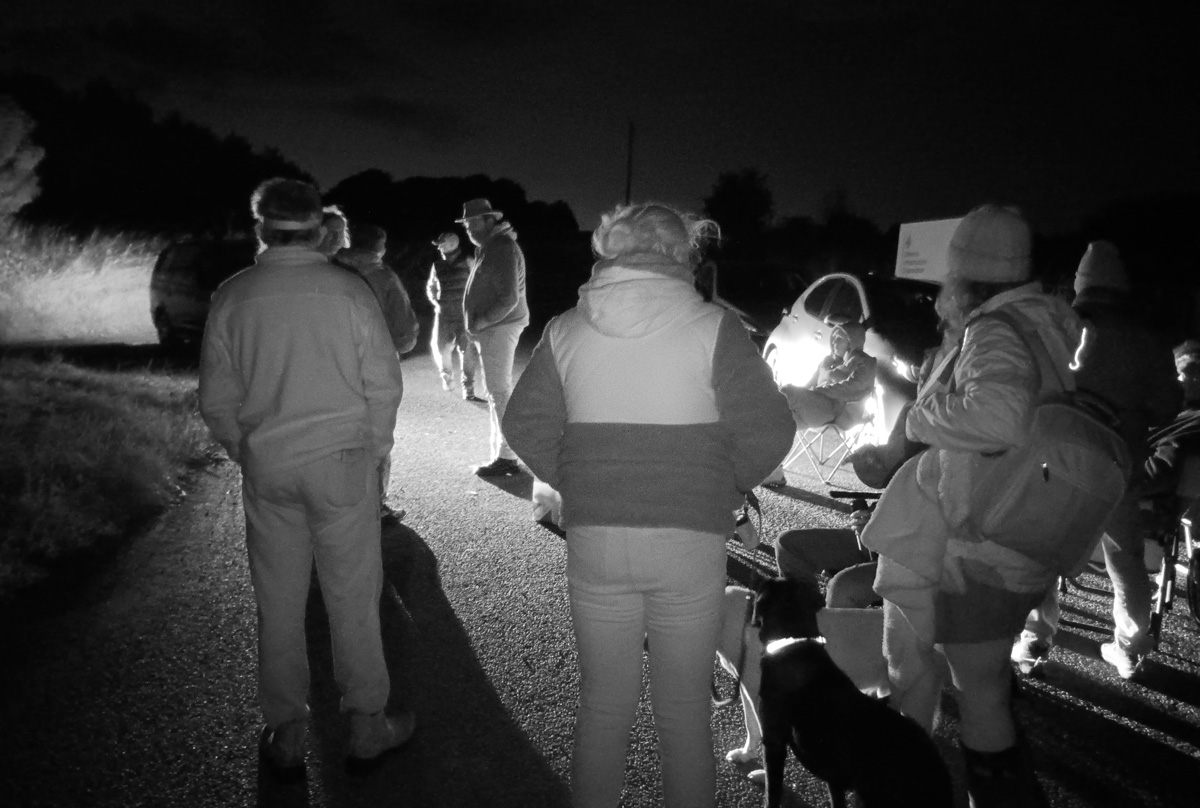
I noticed a small group of four or five people had formed between two parked cars along the fence line. They looked like they knew what they were doing, having come prepared with chairs. As I approached, one man, seated comfortably in his chair, introduced himself as John, another of the Warminster skywatch originals.
I introduced myself, explaining that I'd done a few skywatches back in the 90s but never with a group like this. "I've never done one with a group before." John replied, "Well, it's unusual to see a group up here, actually. A few of us come up here three or four times a year, and there's never anyone here except for people walking their dogs."
I was curious if John had seen much himself during all those years of skywatching. But, much like Colin earlier, John's response was vague. "A fair bit, yep," was all he said, leaving me to wonder if they had truly seen anything convincing or were just tired of the same questions.
As we talked, another older gentleman joined the circle. He was wrapped up warmly, wearing gloves and a black beanie hat, which he referred to as his "pointy hat." He seemed to be in good spirits, smiling as he approached.
"Aren't you cold?" he asked, eyeing my attire. I told him I had four layers on but admitted that wearing shorts had been a bad choice. The man introduced himself as Julian. I liked him straight away, he seemed fun. "Have you been up here before?" he asked.
"I've not been to this hill before," I admitted. "This is a first for me. Have you done many?"
"Quite a few," Julian replied, with a hint of nostalgia. "I was up here in 1967, and so was he," he laughed, nodding across the circle to John.
Pointing back as Julian, John said, "He was here when Patrick Moore came up."
Patrick Moore, the famed British astronomer and presenter of the BBC's 'The Sky at Night', had a reputation for his no-nonsense approach to science. "What did he make of it?" I asked, intrigued.
Julian explained, "Well, he was doing a documentary called 'One Pair of Eyes,' and each episode there was a different person fronting it. He chose UFO watching for his."
In a segment of the documentary, Patrick had come to Warminster. "They came up here," Julian said, "and even though they filmed all day, it was only a few minutes they used on the program." He added, "Really, I think he did a bit of a Louis Theroux."
Julian was referring to the famous 'Weird Weekends' documentaries that Louis Theroux made in the late 90s, where he would spend a weekend with people with unusual beliefs or lifestyles, often letting their own words reveal the strangeness of their views. "Louis, in the early days, would interview somebody, let them speak, and thereby show the audience, without taking the piss, that they are weirdos," Julian explained. "I think that's what Patrick Moore really did here."
Patrick Moore's episode of 'One Pair of Eyes' was actually pretty easy to track down. You can watch it in full on YouTube...
Advertisement ‐ Content Continues Below.
Silence fell briefly as we all gazed up at the sky. I turned to jolly Julian, curious to hear his perspective. "What's your most convincing moment up here?" I asked, hoping for a story that might explain why he kept coming back to this remote, windswept hill.
Julian answered without hesitation, as if he'd been asked this question many times before. "My most convincing moment wasn't up here. I was driving back from Salisbury to Warminster, and I saw something in the sky. So I stopped, got out, and I saw something going round. High up. There was no sound. I was completely baffled by it."
"It was doing something," Julian recalled. "It was like a figure-eight," he explained, drawing the shape in the air with his hand, the gesture barely visible in the dim light.
But just as quickly as he'd shared the story, Julian offered a measured disclaimer, admitting, "I'm not sure there's any such thing as UFOs or flying saucers, as I've never seen one land or anyone get out of them. Until that happens, I'm a bit of a sceptic. Nevertheless, it's been a very entertaining time up here."
From across the circle, John's voice broke through the night. "Yes, I agree. I've never seen a flying saucer. I've never seen an alien. But I have heard the phantom footsteps on two occasions. One in 1969, and the other was in 1970."
"I was up here with two friends in 1969. We were parked just by the gates there," John said, pointing to a spot that was now barely visible in the darkness. "And we heard footsteps coming down the track here. We thought it was a squaddie, a soldier, because it sounded like hobnail boots. You know, proper strides with purpose. We thought we were going to see him any minute, but we didn't, and then the footsteps started walking around our car, and there was nobody there."
The group was silent, hanging on to his every word. John added, "It wasn't pitch black. You would have been able to see if anyone was there. And we got very, very worried at that point, so we just drove off."
He went on to recount a second encounter in 1970, this time on Star Hill. He recalled that on this occasion, the footsteps were "coming through the cornfield towards us. And again, it was like someone walking towards you. It came almost up to us, and then we just backed off, got into the car, and went to drive off. There was this huge light in the field, and all the lights in my car went extremely bright and then dimmed. There was something there. I don't know what."
But John wasn't quick to jump to conclusions. "Again, I'm not saying it was a spaceship, because nobody has proven to me that these things are from outer space," he said, his voice firm. "I think we're dealing with something that we're yet to discover."
At around quarter past nine, Steve, another of Warminster's original skywatchers, arrived. He looked around and, with a grin, asked, "Seen anything?" and laughed, "That's what you're supposed to ask, isn't it?"
A man wearing a cowboy hat who had been standing nearby chuckled and said in a calm, deep voice, "You should have been here last night. There were seven of them."
I'd overheard a few people pointing out satellites, and there had been a couple of planes that caught some attention. Referring to these sights, Steve joked, "Very dull, another light in the sky." I laughed along, but then added, "Some people have never seen that though, you know. Some people have never seen a satellite or a shooting star."
The man in the cowboy hat nodded in agreement. "Yeah, that's the thing," he said. "Once people started to think there were things to look for up here and came skywatching, a lot of what they saw were probably natural things that you'd see anywhere if you went and looked." He paused, considering his words. "I'm not saying nothing happened in Warminster, but you've got this confirmation bias."
Steve chimed in, "Well, that was my experience when I was coming up here when I was younger: utter excitement anytime anything appeared in the sky, especially if they'd never been here before."
Our conversation was interrupted by a voice nearby, calling out, "Ooooh, flare!" The tone was casual, almost routine, as if it were something they had seen many times before. I turned to look in the direction they were pointing, towards the army range. There, on the adjacent hill, a bright orange flare hovered just above the horizon.
I shouted, "Flare, everyone!" but no one seemed particularly interested. Most of the group was absorbed in conversation, scattered across the parking area. Steve, observing the lack of reaction, called out, "Parachute flare, in case you've never seen one." This managed to get a few people to turn and look, but the moment didn't prove to be as exciting as I'd expected.
The flare didn't last long, and soon after the orange light faded from the sky, cloud cover crept in, making any real chance of skywatching nearly impossible. This prompted a group of us to make the short walk up to the top of Cradle Hill. So, we slipped past the side of the low gate and walked past a sign that read, "No access for civilian vehicles." The path to the top was easy enough, a gentle incline that took us less than ten minutes to ascend.
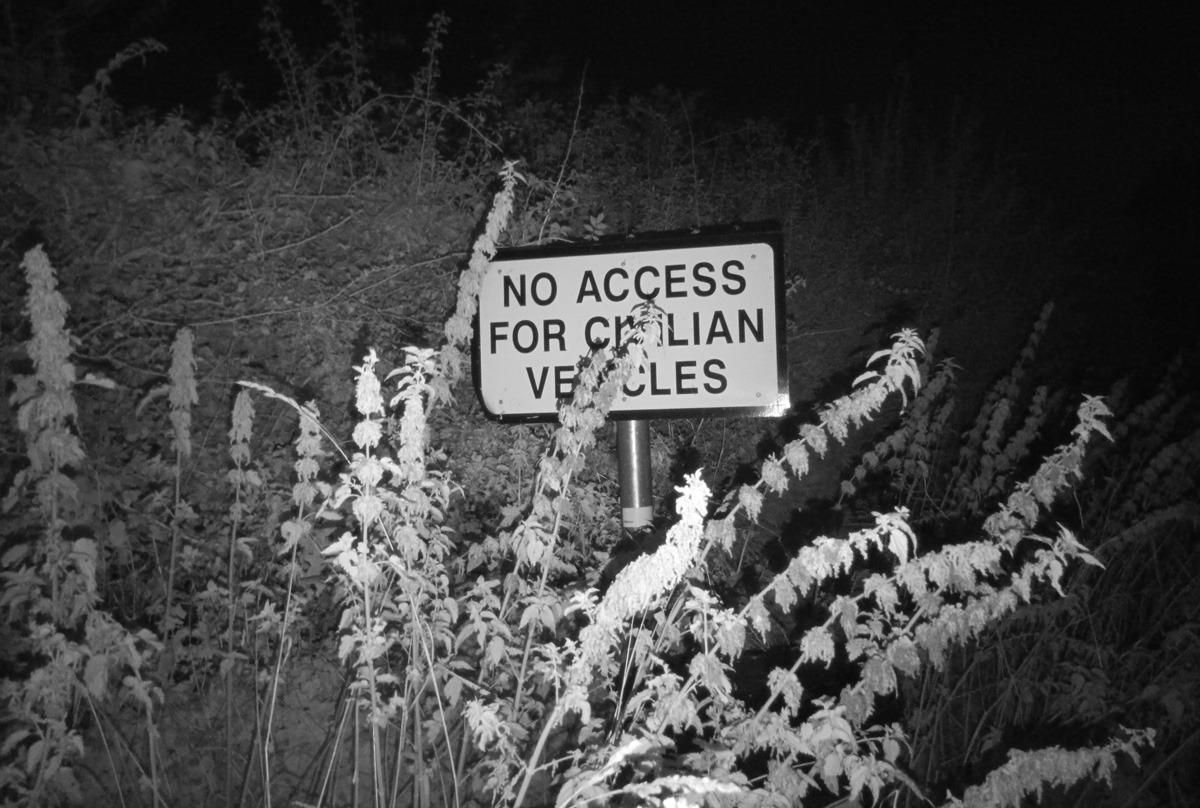
At the top, we found ourselves in a small copse. The cluster of trees hid a fairly modern-looking barn. We spent some time in the copse, soaking up its creepy atmosphere. What woodland isn't creepy at night? Then I heard my friend call out, "Wow, Steve, come and look at this."
I followed the sound of his voice and stepped out from the copse into the open field where my fellow skywatchers were gathered. Their attention was fixed on something low on the horizon, and as I followed their gaze, I saw it too - a huge orb emitting an orange glow. It hung in the sky like a beacon, captivating us all.
I should mention that just a few days earlier, there had been a super moon. A super moon occurs when the moon is at its closest point to Earth in its elliptical orbit. This makes the moon appear larger and brighter than usual. Although the moon was now waning, it was still an impressive sight - an orange ball that seemed almost within reach.
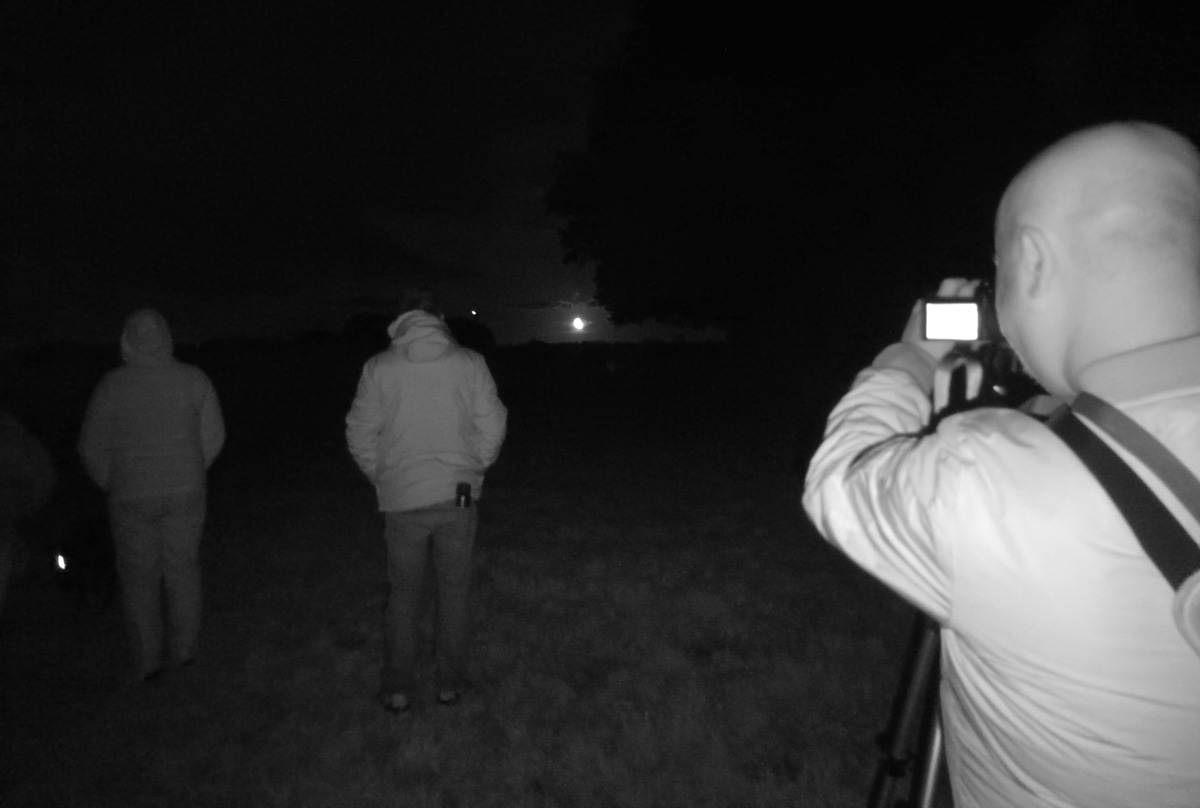
As we admired the moon, something curious caught our attention. A cloud in front of us began to flash and flicker, the entire mass lighting up intermittently as though it were being illuminated from within. It was a strange sight, and the lack of any sound of thunder only added to the mystery. One skywatcher, who had been quietly observing, offered a theory. "I think that's lightning in the cloud," he said.
I fumbled with my phone, hoping to capture the phenomenon, and nodded in agreement with his assessment. Emma's voice from the darkness said, "It's like there's a little storm system in the cloud." It did look like lightning to me, albeit distant and contained within the cloud itself. However, not everyone was convinced.
One skywatcher, sceptical of the idea, said, "I think it must be some sort of 'lasery' thing or something being used by the army, because it's going far too quickly to be lightning." Another speculated, "It can't be lightning. There's no stormy weather anywhere near."
Almost as soon as the words left his mouth, we felt the first drops of rain. The rain, though light, was our cue to head back down the hill to the cars. Dodging cow pats that we had likely all stepped in earlier, we made our way back to the path.
By the time we reached the cars just after 10pm, the rain that had been threatening us on the hill had decided to settle in. This sudden downpour marked the end for some of the skywatchers, who decided to call it a night and head home, leaving the rest of us to contemplate whether we should do the same.
Recognising that the night was winding down, I found myself curious about how much this experience compared to the early days of skywatching on Cradle Hill. Seeking some historical perspective, I asked, "How much has this spot changed since the 60s and 70s?"
The older members of the group pointed out the changes around us. The lane we stood on, once open and exposed, was now lined with mature trees that blocked some of the view of the horizon. A communication mast, topped with a red light, was another new addition that altered the skyline.
You would expect a location to change over time, but what about the experience? When I asked, "Has the vibe remained the same?" The response was a unanimous "no." Steve elaborated, "There were a lot more people in the olden days. You'd get cars all the way down the hill."
He continued, "I think having a lot of people here too helped as well. It made you feel like you were part of a big thing. But even when I got sceptical, I still felt it was exciting because I was still a part of this big thing. But now you don't get that same vibe because you don't get that same number of people up here."
The night continued in fits and starts, with periods of clear skies followed by more showers. A few of the more determined attendees stuck it out, hoping for one last glimpse of something unusual in the sky. But by 11pm, the changeable weather finally forced the last of us to admit defeat and head for home. In all, at least 25 people had shown up to watch the sky.
I wasn't sure if any of the old skywatchers were truly convinced by the place anymore. It seemed that none of them believed they had seen aliens, and perhaps not even UFOs in the strictest sense. They had simply come here, seen things they couldn't identify at the time, which, in my view, is still a perfectly good way to spend a night.
One of Ron's remarks, another of the Warminster originals, stuck with me as we parted ways. With rain pattering on his umbrella, he said, "Well, I still think after 50 or 60 years, we really ought to know better than to stand on a soaking wet, freezing cold, bloody hilltop when we could be sat in front of the telly with a nice cup of tea and the slippers on."
Whether these nights were about searching for proof of UFOs or offered the chance to come together socially and reminisce about a really very significant period in their lives, it was an honour to be a part of it. It's great that this gang of skywatchers have kept the tradition alive and welcomes outsiders to join them.
More On The Warminster Thing
See All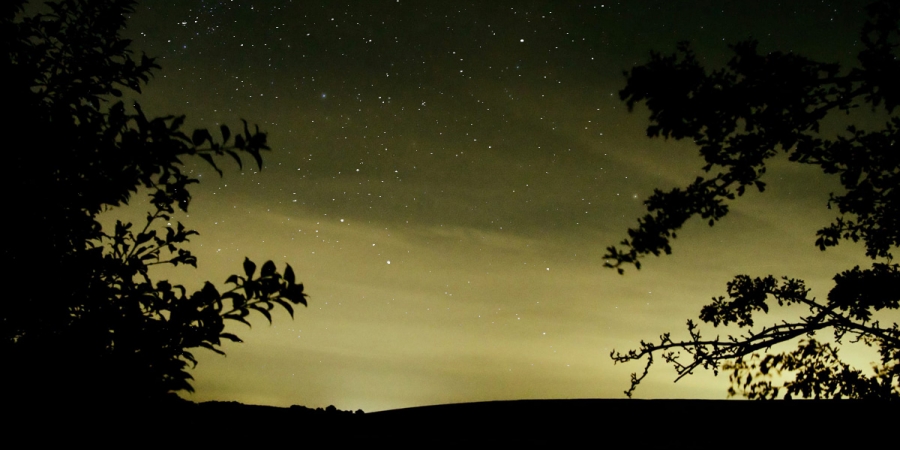
ArrayAugust 31, 2024
Top Skywatching Spots In Wiltshire To Witness The Warminster Thing
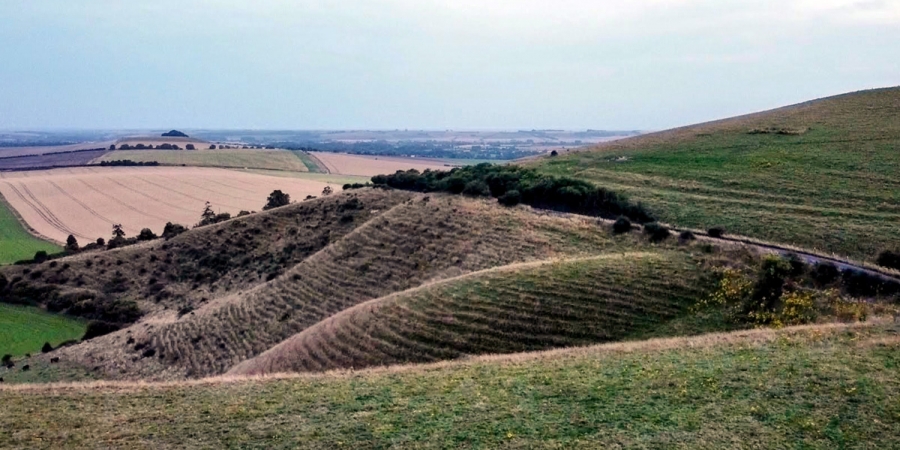
ArrayAugust 16, 2024
Revisiting The Warminster UFO "Thing"

ArrayAugust 06, 2024
My Night Spotting UFOs At A Skywatch On Wiltshire's Knap Hill
Further Reading
Dive into the world of the paranormal and unexplained with books by Higgypop creator and writer Steve Higgins.

The Ghost Lab: Paranormal Meets Science
A critical examination of ghost hunting tools and their scientific foundations.
Buy Now
The Killamarsh Poltergeist
The story of a family in Killamarsh experiencing strange and unexplained events in their home.
Buy NowMore Like This
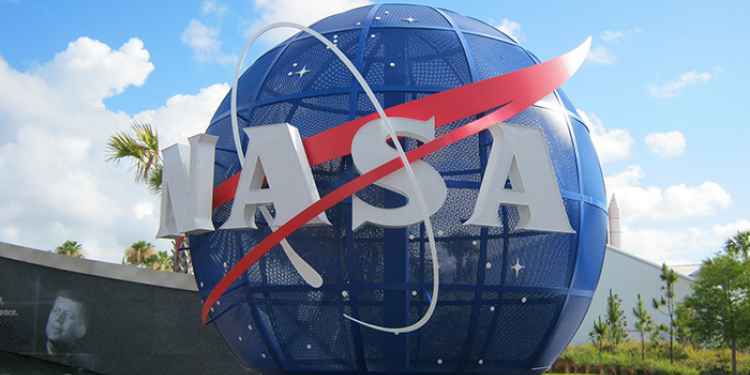
UfosApril 12, 2025
What Do Astronauts Say About UFOs?
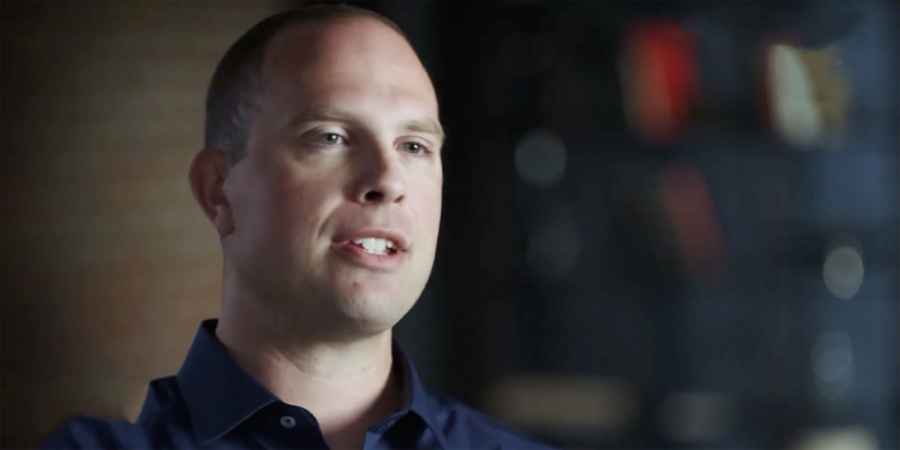
UfosApril 04, 2025
David Grusch Claims US Government Possesses Multiple "Non-Human" Craft
 See More on Audible
See More on Audible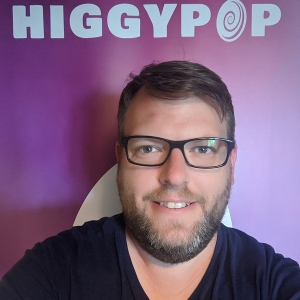
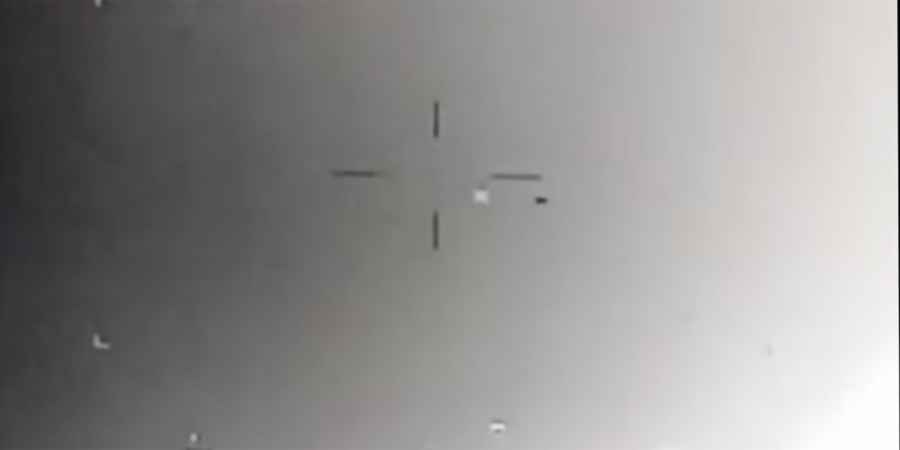


Comments
Want To Join The Conversation?
Sign in or create an account to leave a comment.
Sign In
Create Account
Account Settings
Be the first to comment.